The bubble tea industry is thriving, with its global market expected to reach USD 3.21 billion by 2025, driven by increasing consumer interest in customizable beverages. As demand for bubble tea grows, so does the need for efficient and innovative equipment that meets operational challenges while catering to consumer trends. This article explores the latest market dynamics, essential equipment, and emerging trends shaping the bubble tea industry, providing valuable insights for business owners looking to succeed in this competitive market.
Table of Contents:
Understanding the Bubble Tea Industry Landscape
Essential Equipment for Bubble Tea Shops
Evaluating Quality and Durability of Equipment
Trends in Bubble Tea Equipment
Making the Final Decision
Understanding the Bubble Tea Industry Landscape
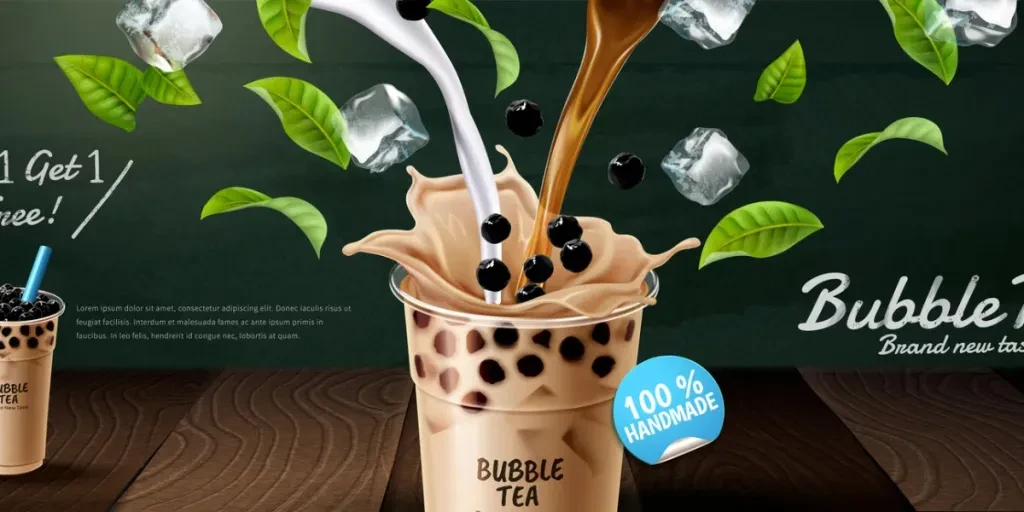
Introduction
As of late 2024, the global bubble tea market is experiencing unprecedented growth, with a projected market volume of USD 3.21 billion by 2025. This surge is driven by increasing consumer demand for unique and customizable beverages. The bubble tea industry is characterized by its diverse flavor profiles and the inclusion of tapioca pearls, which have become a staple in many regions worldwide. This article delves into the market dynamics, key players, and consumer trends shaping the bubble tea industry.
Market Growth and Opportunities
The bubble tea market has shown significant growth, expanding from USD 2.45 billion in 2023 to USD 2.75 billion in 2024. This growth is expected to continue at a CAGR of 6.5%, reaching USD 3.21 billion by 2025. The increasing popularity of bubble tea among millennials and Gen Z is a major driver of this growth. Additionally, the rising trend of health-conscious consumers opting for low-sugar and organic options is creating new opportunities for market expansion.
In terms of regional growth, the Asia-Pacific region dominates the bubble tea market, accounting for over 45% of the global market share in 2024. This dominance is attributed to the beverage’s origin in Taiwan and its widespread popularity across China, Japan, and Southeast Asia. North America and Europe are also witnessing rapid growth, with market shares of 25% and 20%, respectively, driven by the increasing number of bubble tea shops and the growing trend of Asian cuisine.
The market is also seeing a surge in online sales channels, which accounted for 30% of the total market revenue in 2024. The convenience of online ordering and the availability of a wide range of flavors and customization options are attracting a larger consumer base. This shift towards e-commerce is expected to continue, with online sales projected to grow at a CAGR of 8% from 2024 to 2025.
Key Players and Competitors
The bubble tea market is highly competitive, with several key players dominating the industry. Leading companies such as Chatime, Gong Cha, and Coco Fresh Tea & Juice hold significant market shares due to their extensive global presence and strong brand recognition. These companies are continuously innovating their product offerings to cater to the evolving consumer preferences.
Chatime, for instance, has expanded its menu to include a variety of low-sugar and dairy-free options, catering to health-conscious consumers. Gong Cha, on the other hand, has focused on enhancing the customer experience by introducing digital ordering systems and loyalty programs. Coco Fresh Tea & Juice has leveraged its strong supply chain network to ensure the consistent quality of its products across its global outlets.
In addition to these established players, the market is also witnessing the entry of new competitors, particularly in the Asia-Pacific region. Local brands such as Koi Thé and Tiger Sugar are gaining popularity due to their unique flavor offerings and innovative marketing strategies. These new entrants are intensifying the competition, prompting established players to continuously innovate and improve their offerings.
Consumer Preferences and Trends
Consumer preferences in the bubble tea market are evolving, with a growing demand for healthier and more sustainable options. In 2024, over 40% of bubble tea consumers preferred low-sugar or sugar-free options, reflecting the increasing health consciousness among consumers. Additionally, there is a rising trend towards plant-based and dairy-free alternatives, with 25% of consumers opting for almond milk, oat milk, or soy milk in their bubble tea.
Customization is another key trend driving the bubble tea market. Consumers are increasingly seeking personalized beverage options, with 60% of bubble tea shops offering customizable toppings, sweetness levels, and tea bases. This trend is particularly prominent among younger consumers, who value the ability to tailor their drinks to their specific tastes and preferences.
Sustainability is also becoming a significant factor in consumer decision-making. In 2024, 35% of bubble tea consumers expressed a preference for brands that use eco-friendly packaging and sustainable sourcing practices. This trend is prompting bubble tea companies to adopt more sustainable practices, such as using biodegradable straws and sourcing ingredients from sustainable farms.
Essential Equipment for Bubble Tea Shops
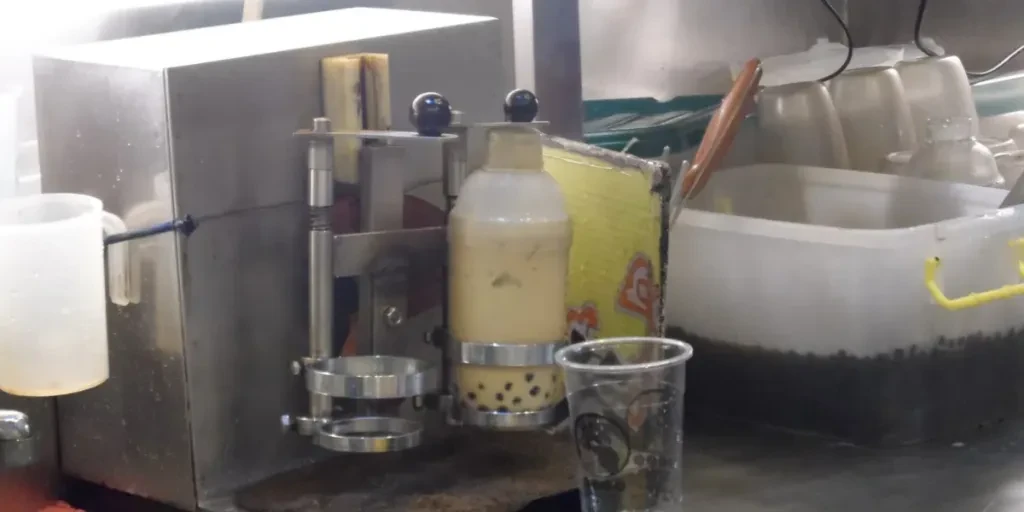
Bubble Tea Machines
Bubble tea machines are crucial for the efficient and consistent preparation of bubble tea. These machines, which include tea brewers, tapioca pearl cookers, and shaking machines, ensure that the beverages are prepared to the highest standards. In 2024, the global market for bubble tea machines was valued at USD 150 million, with a projected growth rate of 7% annually.
Tea brewers are essential for brewing large quantities of tea quickly and efficiently. These machines are designed to maintain the optimal brewing temperature and time, ensuring a consistent flavor profile. Tapioca pearl cookers, on the other hand, are used to cook the tapioca pearls to the perfect texture. These cookers are equipped with precise temperature controls and timers to ensure that the pearls are cooked evenly.
Shaking machines are used to mix the tea, milk, and other ingredients thoroughly. These machines are designed to replicate the traditional hand-shaking method, ensuring that the ingredients are well-blended and the beverage has a smooth texture. In 2024, the demand for automatic shaking machines increased by 10%, driven by the need for efficiency and consistency in bubble tea preparation.
Shakers and Blenders
Shakers and blenders are essential tools for creating a wide variety of bubble tea beverages. These tools are used to mix and blend the ingredients, ensuring a smooth and consistent texture. In 2024, the global market for shakers and blenders in the bubble tea industry was valued at USD 80 million, with a projected growth rate of 6% annually.
Shakers are used to mix the tea, milk, and other ingredients thoroughly. These tools are designed to replicate the traditional hand-shaking method, ensuring that the ingredients are well-blended and the beverage has a smooth texture. In 2024, the demand for automatic shaking machines increased by 10%, driven by the need for efficiency and consistency in bubble tea preparation.
Blenders, on the other hand, are used to create blended bubble tea beverages, such as smoothies and frappes. These tools are equipped with powerful motors and sharp blades, allowing them to blend the ingredients quickly and efficiently. In 2024, the demand for high-performance blenders increased by 8%, driven by the growing popularity of blended bubble tea beverages.
Sealing Machines
Sealing machines are essential for sealing the cups of bubble tea, ensuring that the beverages are spill-proof and easy to transport. These machines are designed to apply a plastic film over the top of the cup, creating a secure seal. In 2024, the global market for sealing machines in the bubble tea industry was valued at USD 50 million, with a projected growth rate of 5% annually.
Automatic sealing machines are the most popular type of sealing machines in the bubble tea industry. These machines are equipped with sensors and automated mechanisms, allowing them to seal the cups quickly and efficiently. In 2024, the demand for automatic sealing machines increased by 12%, driven by the need for efficiency and consistency in bubble tea preparation.
Manual sealing machines are also used in smaller bubble tea shops. These machines require the operator to manually place the cup and apply the seal. While they are less efficient than automatic sealing machines, they are more affordable and suitable for smaller operations. In 2024, the demand for manual sealing machines remained steady, with a growth rate of 3%.
Tapioca Pearl Cookers
Tapioca pearl cookers are essential for cooking the tapioca pearls to the perfect texture. These cookers are equipped with precise temperature controls and timers, ensuring that the pearls are cooked evenly. In 2024, the global market for tapioca pearl cookers in the bubble tea industry was valued at USD 30 million, with a projected growth rate of 4% annually.
Automatic tapioca pearl cookers are the most popular type of cookers in the bubble tea industry. These cookers are equipped with sensors and automated mechanisms, allowing them to cook the pearls quickly and efficiently. In 2024, the demand for automatic tapioca pearl cookers increased by 10%, driven by the need for efficiency and consistency in bubble tea preparation.
Manual tapioca pearl cookers are also used in smaller bubble tea shops. These cookers require the operator to manually monitor the cooking process and adjust the temperature and time as needed. While they are less efficient than automatic cookers, they are more affordable and suitable for smaller operations. In 2024, the demand for manual tapioca pearl cookers remained steady, with a growth rate of 2%.
Evaluating Quality and Durability of Equipment
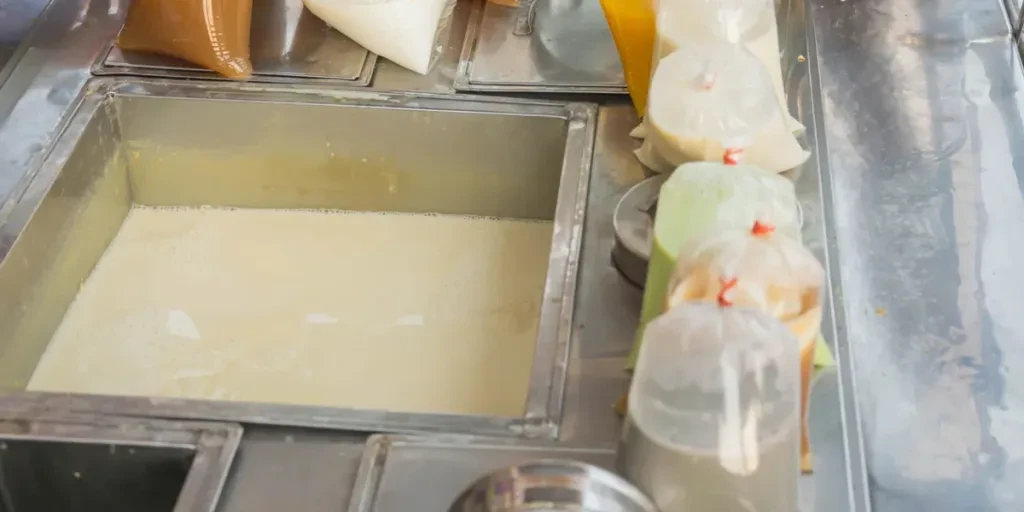
Material and Build Quality
The material and build quality of machinery are critical factors in determining its longevity and performance. High-quality materials such as stainless steel, carbon steel, and specialized alloys are often used in manufacturing to ensure durability and resistance to wear and tear. For instance, stainless steel is preferred in environments where corrosion resistance is paramount, such as in food processing or chemical industries. Additionally, the build quality, including the precision of welds and the robustness of joints, plays a significant role in the equipment’s ability to withstand operational stresses.
Advanced manufacturing techniques, such as CNC machining and robotic welding, contribute to the superior build quality of machinery. CNC machining ensures high precision and consistency in parts, reducing the likelihood of mechanical failures. Robotic welding, on the other hand, provides uniform welds with minimal human error, enhancing the structural integrity of the equipment. These techniques are particularly important in industries where precision and reliability are critical, such as aerospace and automotive manufacturing.
Moreover, the design of the equipment should facilitate easy maintenance and repairs. Modular designs, where components can be easily replaced or upgraded, are highly advantageous. This not only extends the lifespan of the machinery but also reduces downtime during maintenance. For example, in the case of gas generation equipment, replaceable desiccant cartridges and optional air compressors are features that enhance the equipment’s usability and longevity.
Brand Reputation
Brand reputation is a significant indicator of the quality and reliability of machinery. Established brands with a long history in the industry often have a proven track record of producing durable and high-performance equipment. These brands invest heavily in research and development to innovate and improve their products continuously. For instance, companies like Alfa Laval and H&H Tube are known for their advanced technologies and high-quality manufacturing standards in their respective fields.
Customer reviews and testimonials are valuable resources for assessing a brand’s reputation. Positive feedback from other businesses in the same industry can provide insights into the equipment’s performance in real-world applications. Additionally, industry awards and certifications can also serve as indicators of a brand’s commitment to quality. For example, adherence to ASME standards for boilers or ISO certifications for manufacturing processes reflects a company’s dedication to maintaining high standards.
Furthermore, the level of customer support provided by the brand is crucial. Brands that offer comprehensive after-sales services, including technical support, training, and readily available spare parts, are more likely to ensure the smooth operation of their equipment. This support is particularly important for complex machinery, where technical expertise is required to troubleshoot and resolve issues promptly.
Trends in Bubble Tea Equipment
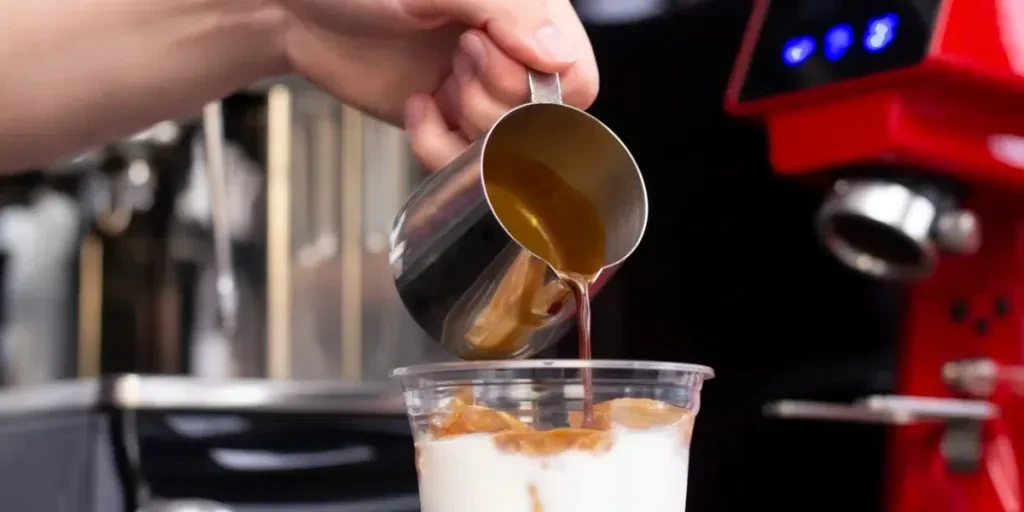
Energy Efficiency
Energy efficiency is a growing trend in the bubble tea equipment industry, driven by the need to reduce operational costs and environmental impact. Modern equipment designs incorporate energy-saving technologies such as variable frequency drives (VFDs) and high-efficiency motors. For example, bubble tea machines with VFDs can adjust the motor speed based on the load, reducing energy consumption during low-demand periods. This not only lowers electricity bills but also extends the lifespan of the equipment by reducing wear and tear.
Another aspect of energy efficiency is the use of advanced insulation materials in equipment design. High-quality insulation minimizes heat loss, ensuring that the equipment operates at optimal temperatures with minimal energy input. For instance, bubble tea boilers with superior insulation can maintain water temperature more efficiently, reducing the need for frequent reheating and thus saving energy. Additionally, the integration of energy-efficient components such as LED lighting in display cases and refrigeration units further contributes to overall energy savings.
Renewable energy integration is also becoming more prevalent in the bubble tea industry. Solar panels and other renewable energy sources can be used to power equipment, significantly reducing reliance on traditional energy sources. This not only lowers operational costs but also aligns with sustainability goals, appealing to environmentally conscious consumers. For example, a bubble tea shop equipped with solar-powered refrigeration units can reduce its carbon footprint while enjoying long-term energy savings.
Automation and Smart Technology
Automation and smart technology are revolutionizing the bubble tea equipment industry, enhancing efficiency and consistency in production. Automated machines can handle various tasks such as ingredient dispensing, mixing, and sealing, reducing the need for manual intervention and minimizing human error. For instance, automated bubble tea shakers ensure that each drink is mixed to perfection, maintaining consistent quality across all servings. This not only improves customer satisfaction but also increases throughput, allowing businesses to serve more customers in less time.
Smart technology integration, such as IoT and AI, enables real-time monitoring and control of equipment. IoT sensors can collect data on various parameters such as temperature, pressure, and ingredient levels, providing valuable insights into equipment performance. This data can be analyzed to optimize operations, predict maintenance needs, and prevent potential issues before they occur. For example, an IoT-enabled bubble tea machine can alert operators when ingredient levels are low, ensuring timely refills and preventing disruptions in service.
AI-powered systems can further enhance automation by learning from data and making intelligent decisions. Machine learning algorithms can analyze customer preferences and adjust recipes accordingly, offering personalized drink options. Additionally, AI can optimize inventory management by predicting demand patterns and ensuring that ingredients are always available. This level of automation and intelligence not only improves operational efficiency but also enhances the overall customer experience, setting businesses apart in a competitive market.
Customization Features
Customization features are increasingly important in the bubble tea equipment industry, catering to the diverse preferences of consumers. Modern equipment designs offer a wide range of customization options, allowing businesses to create unique and personalized drinks. For example, advanced bubble tea machines can adjust the sweetness level, ice content, and flavor intensity based on customer preferences. This level of customization enhances the customer experience and encourages repeat business.
Modular equipment designs also contribute to customization capabilities. Modular machines can be easily reconfigured to accommodate different ingredients and recipes, providing flexibility in menu offerings. For instance, a modular bubble tea machine can be adapted to prepare various types of teas, toppings, and syrups, allowing businesses to experiment with new flavors and combinations. This versatility is particularly valuable in a dynamic market where consumer preferences are constantly evolving.
Interactive interfaces and digital displays further enhance customization by allowing customers to personalize their orders directly. Touchscreen interfaces can guide customers through the customization process, offering options for different ingredients, flavors, and toppings. This not only streamlines the ordering process but also engages customers, making them feel more involved in the creation of their drinks. For example, a bubble tea kiosk with a digital interface can attract tech-savvy customers and provide a unique and enjoyable ordering experience.
Making the Final Decision
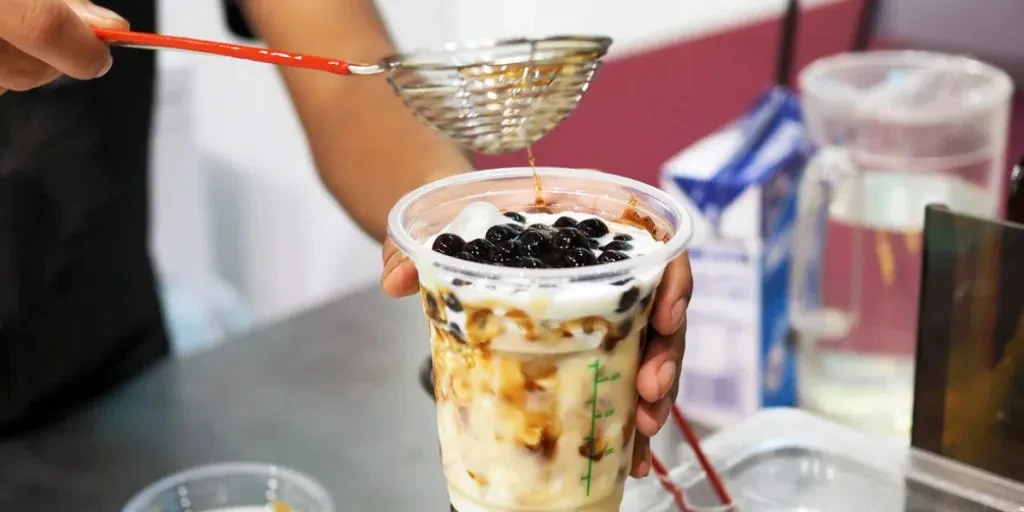
The bubble tea industry is thriving, driven by growing global demand, technological advancements, and evolving consumer preferences. With opportunities for innovation in equipment, flavors, and sustainability, businesses can stay competitive in this expanding market. To capitalize on these trends, invest in efficient, customizable, and eco-friendly solutions that enhance both operations and customer satisfaction.



